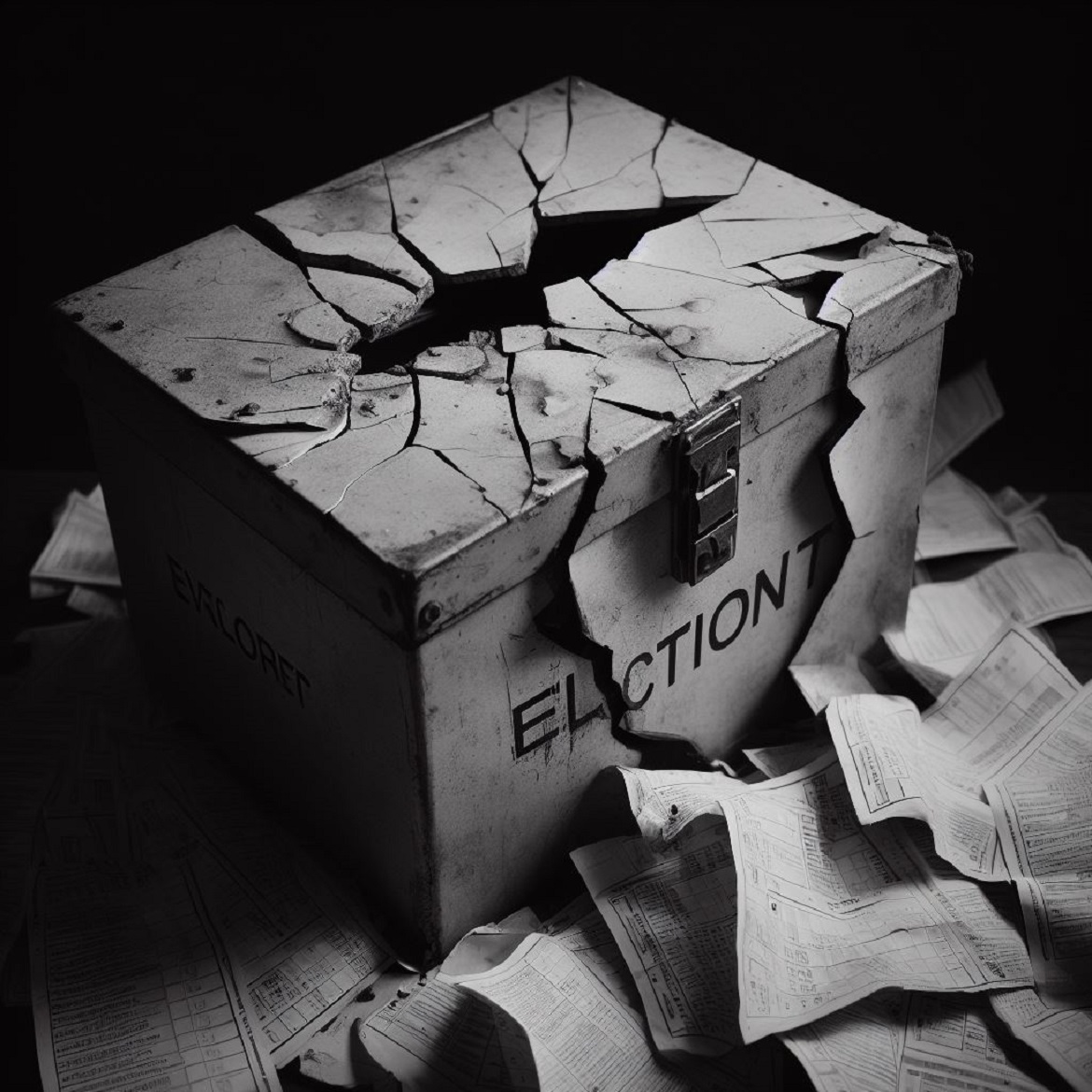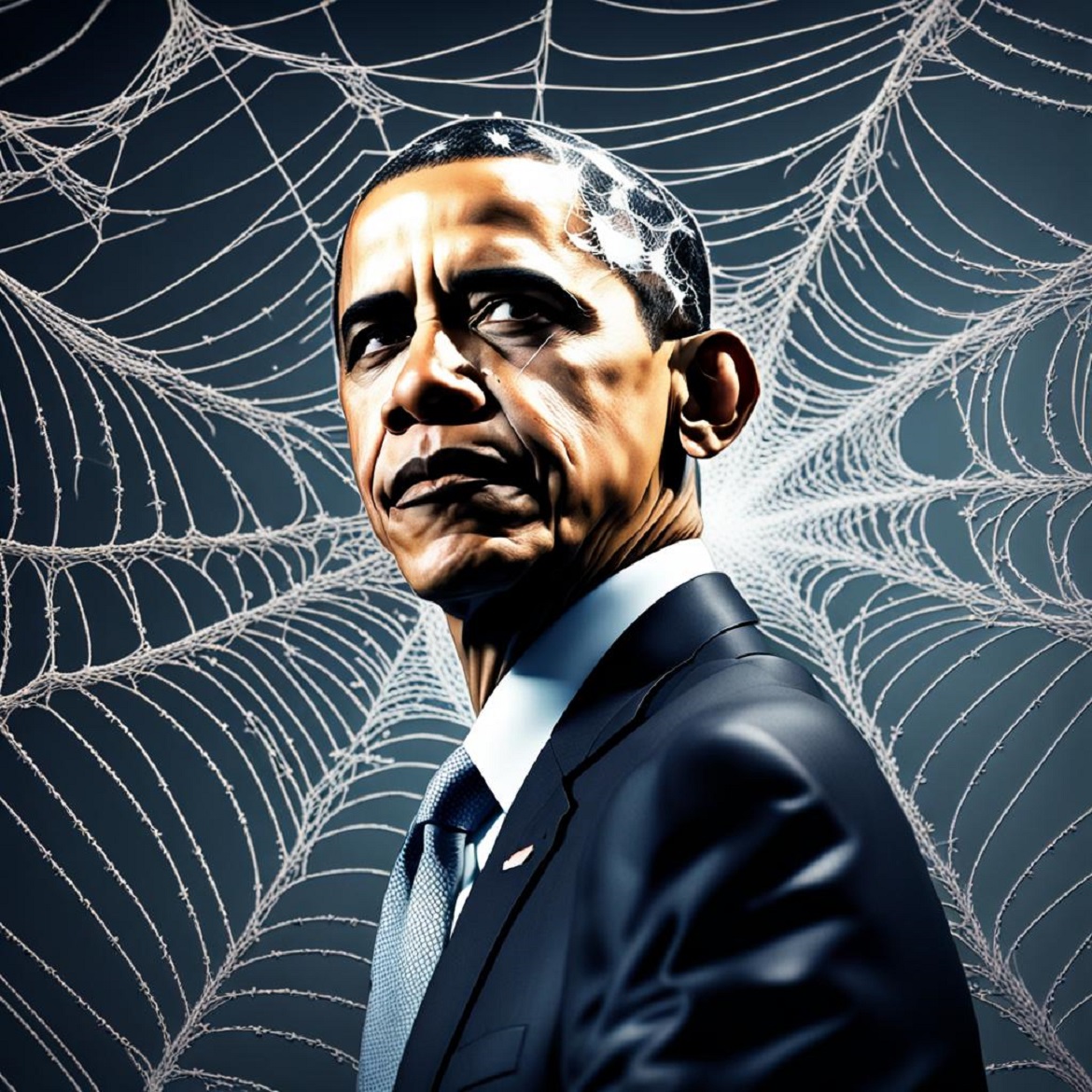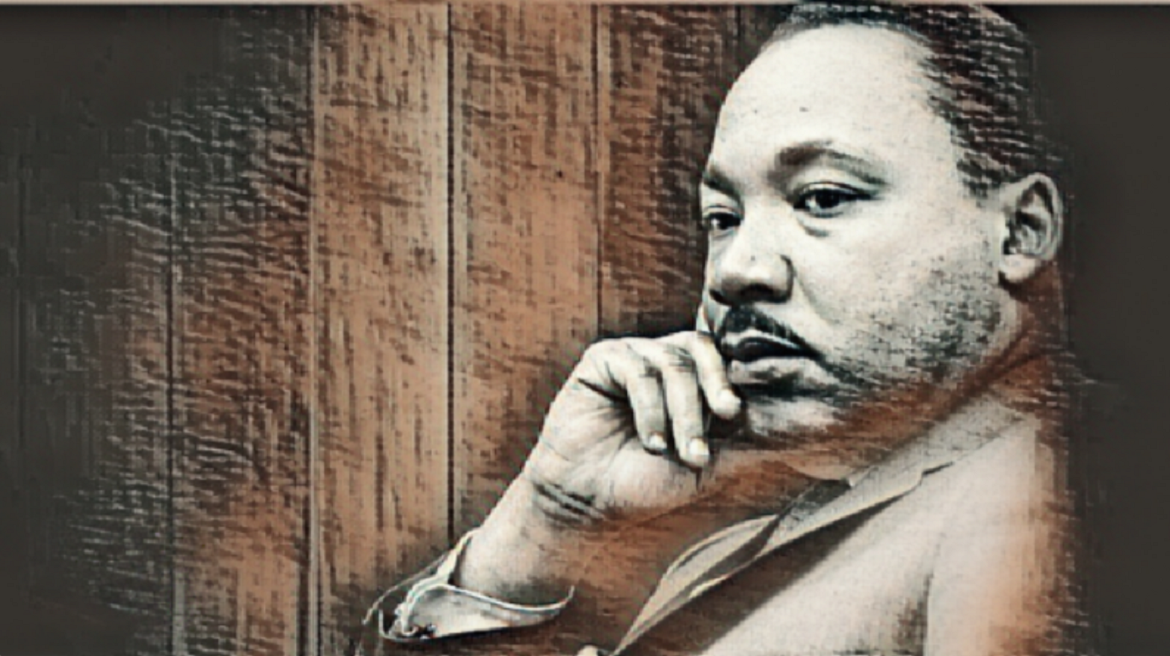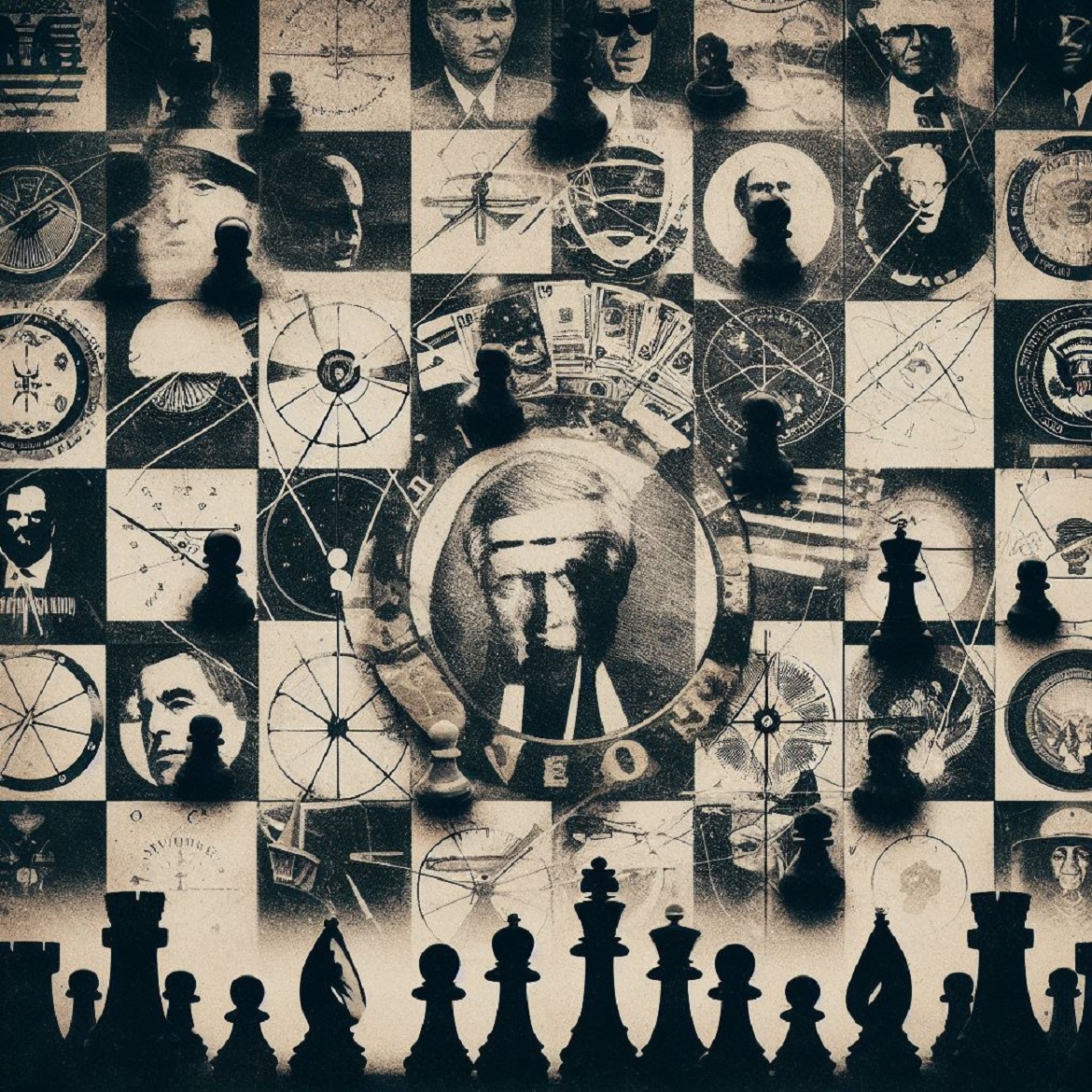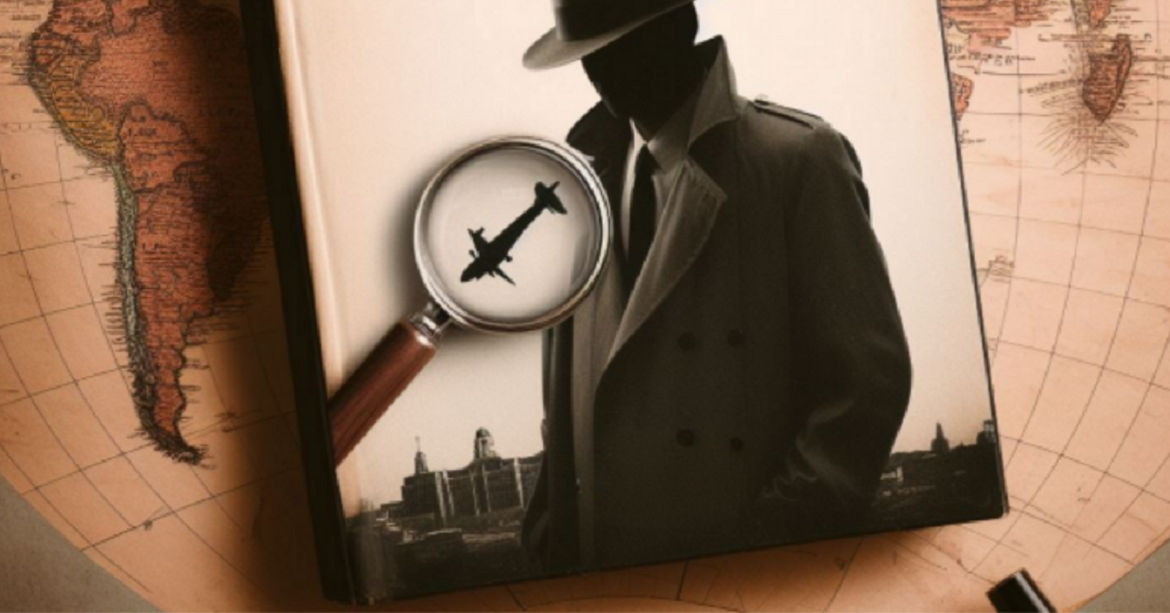In the whirlwind of the 2020 presidential election, one number that echoes louder than most is 81 million votes cast for Joe Biden. However, a closer examination of the data raises eyebrows and invites us to question the legitimacy of this impressive figure. Let’s delve into the improbability of Biden’s purported 81 million votes by dissecting the bellwether data, scrutinizing Biden’s primary performance, and comparing it to historical precedents set by other presidents like Trump and Obama.
Bellwether Blues: Dissecting Voting Trends in 19 Key Counties
In the realm of election dynamics, the concept of bellwether counties plays a pivotal role. These counties, historically renowned for mirroring the national sentiment, have served as reliable indicators of presidential outcomes since 1980. However, the 2020 election introduced a surprising twist, particularly when we scrutinize the voting trends in 19 key bellwether counties.
Traditionally, these 19 counties have been a reliable compass for predicting the overall election outcome. In 2016, for instance, Donald Trump secured victory in 16 out of the 19 bellwether counties, foreshadowing his triumph in the general election. Fast-forward to 2020, and the script takes an unexpected turn.
In the latest election, Trump managed to win 18 out of the 19 bellwether counties, solidifying his hold on these historically significant areas. This raises a compelling question: If these bellwether counties have consistently reflected the national mood in the past, how did Biden manage to secure a victory despite faltering in the very counties that have traditionally foreshadowed success?
Comparing this to historical data, Barack Obama’s performance in 2012 is noteworthy. He won 17 out of the 19 bellwether counties, aligning with the predictive nature of these areas. The stark contrast between Obama’s success in bellwether counties and Biden’s less convincing performance in the same territories further fuels the skepticism surrounding the 2020 election results.
The intricate dance of numbers in these bellwether counties offers a compelling narrative. Trump’s dominance in these areas in both 2016 and 2020, coupled with Obama’s previous success, challenges the conventional wisdom that these counties accurately reflect the national sentiment. The improbable outcome of Biden’s victory despite faltering in the bellwether counties prompts us to delve deeper into the intricacies of voting trends and question the reliability of these historical indicators.
Lackluster Primary Performance: A Sign of Weakness
Digging deeper into Biden’s journey to the presidency, his lackluster performance in the Democratic primary raises eyebrows. Historically, candidates who struggle in the primary elections face an uphill battle in the general election. Biden’s unimpressive showings in early contests, particularly in Iowa and New Hampshire, should have been a red flag.
The improbable leap from a tepid primary performance to a record-breaking 81 million votes demands scrutiny. Were these votes truly a testament to widespread enthusiasm for Biden, or does the data suggest a more nuanced narrative? Examining the primary results as a precursor to the general election sheds light on the improbability of the final vote count.
Trump’s 76 Million: Setting a Record
In the same arena, it’s crucial to acknowledge the unprecedented 76 million votes garnered by Donald Trump. Trump’s numbers represent the highest vote count for a sitting president in history. The juxtaposition of Trump’s record-breaking achievement with Biden’s 81 million poses a conundrum.
One must question the likelihood of Biden surpassing Trump’s impressive turnout, especially given the historical context. Trump’s ability to rally his base and secure such a significant number of votes creates a challenging benchmark for Biden’s numbers to match. The improbable gap between the two figures demands a closer examination of the factors at play.
Conclusion: Unraveling the Improbable
In the intricate landscape of the 2020 election, the figure 81 million stands out as a puzzle that beckons scrutiny. A closer examination of bellwether data, primary performance, and the staggering contrast with Trump’s record-breaking turnout reveals a complex narrative that challenges the mainstream narrative.
As we navigate the labyrinth of numbers and trends, skepticism emerges not just in the statistics but in the broader arena of media discourse. The mainstream media’s uncritical acceptance of the 81 million vote count without thorough investigation raises eyebrows. The apparent lack of scrutiny and the uniform parroting of “The Big Lie” narrative whenever Trump questions the validity of the results create an atmosphere of suspicion.
The media’s role in shaping public perception is profound, yet the apparent reluctance to delve into the nuances of the 81 million votes raises questions about the thoroughness of the election coverage. In a healthy democracy, skepticism is a crucial tool for ensuring transparency and accountability. The hesitancy to apply this skepticism uniformly, especially when confronted with challenges to the narrative, underscores the need for a more nuanced exploration of the events surrounding the 2020 election.
In unraveling the improbable nature of 81 million votes cast for Joe Biden, it becomes evident that the narrative extends beyond statistical analysis. It encompasses a critical evaluation of media responsibility and the importance of fostering a climate where questions are met with rigorous investigation rather than dismissal. As we grapple with the complexities of this historic election, the call for a comprehensive, unbiased examination echoes louder than ever.
